To a layperson, scrublands connote territory that is laid to waste. Dead, deserted places to stay away from. But that impression deserves to be tested. Scrublands, in fact, are dry, open spaces with a thin layer of surface grass, occasional shrubs and small, hardy trees such as acacias. Visit one such landscape after a shower, and the green grass has a carpeted appearance. A few months later, everything turns golden-yellow and then brown. But the terrain still looks deserted and inhospitable, until you stop for a while and look keenly around you. Prepare to be surprised by the abundance of life.
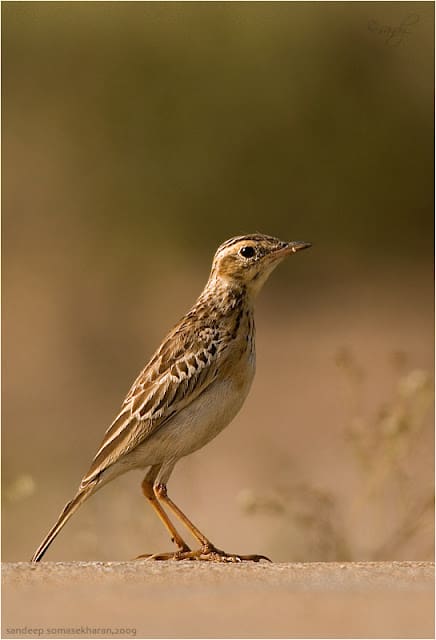 |
| Paddyfield pipits are inconspicuous to the inattentive visitor to a scrubland |
Larks rise up with a series of whistles and float down on outspread wings. Flocks of pipits erupt like clouds of undulating dust. Mornings and evenings, grey francolins rend the air with crescendos of “katri chor …katri chor”. And if you make yourself invisible, you can see them emerge and dawdle about. Your slightest movement is enough to make them scamper away, shaking their heavy posteriors, and take cover.
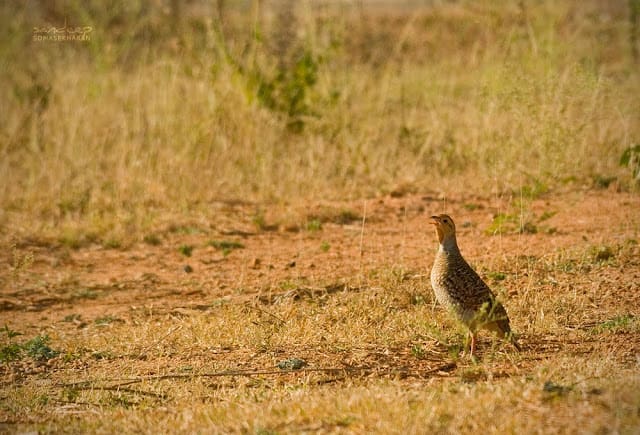 |
| A Grey Francolin proclaims its territory |
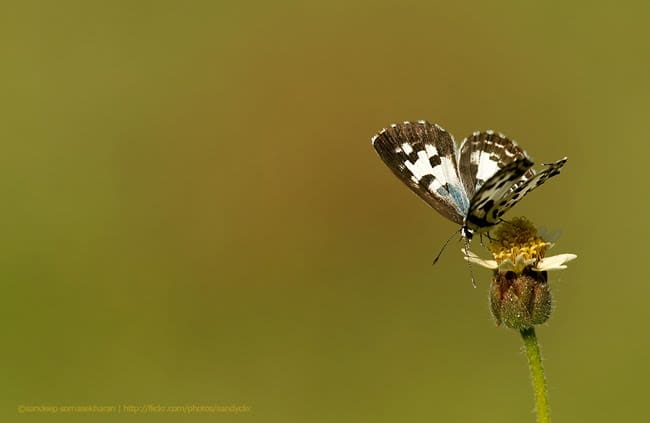 |
| A Common Pierrot just after rains that turned the grasslands lush green |
Calotes lizards soak up the sun, sitting on rocks with their heads raised. Spotting them, Black-shouldered Kites, Shikras and Short-toed Snake Eagles swoop down for the kill. A few steps on the grass disturb tiny blues (Lycaenidae butterflies) which take off and settle down a few paces away.
Black ibises dig their curved bills deep into the earth, looking for grubs, worms and insects. Quails wait until you almost step on them before whirring up in a startling escape flight. Winter beckons harriers, kestrels and Booted Eagles to take refuge in these habitats, as they take flight from the cold of the northern territories. Jackals, foxes and hares can be spotted, often with stray dogs in hot pursuit.
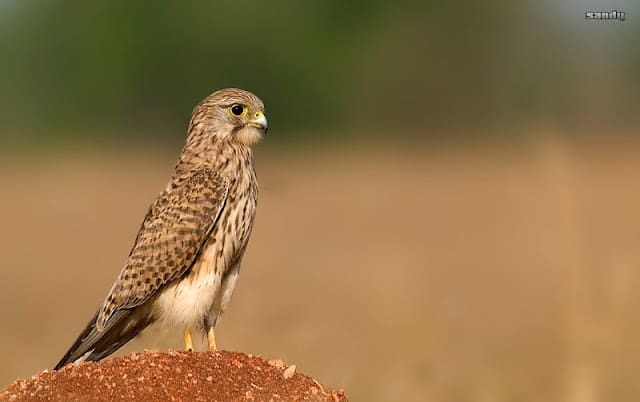 |
| A female kestrel keeps a lookout for prey movements |
Outside Mysore’s Ring Road, there used to be a continuous, uninterrupted belt of scrublands. These have slowly started getting converted to residential layouts. Earthmovers scour the soil and roads are laid. Electric poles are erected. Drains are dug. And it’s not long before the buildings come up.
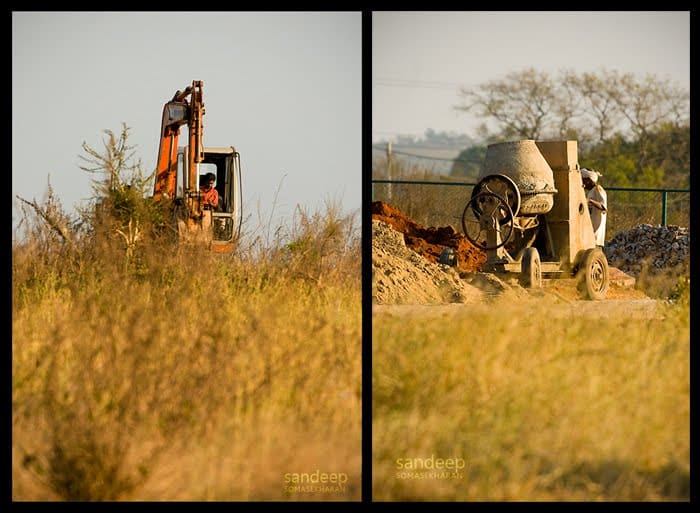 |
| An excavator scours off the scrublands as cement mixers get busy |
Still, some life persists amidst this chaos, only to be driven further away. At times they are cornered from all directions with no place to go. Each year, the number of birds seen in these scrub lands has declined. So have the scrublands themselves.
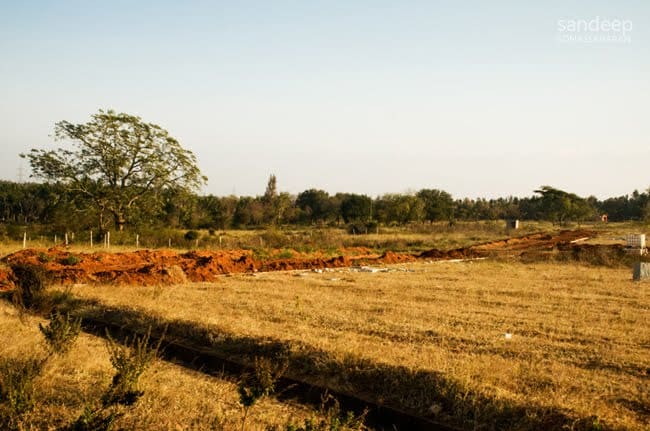 |
| The sight says it all |
Next year, maybe the birds coming this side from the north might be in for a rude surprise… It really seems to be sunset time for Mysore’s scrublands.
- Costa Rica Diaries – Parting Gifts - May 5, 2024
- Costa Rica Day 6 – Resplendent Quetzal: Part Bird, Part God and Full-Time Economy Driver - April 17, 2024
- Costa Rica Day 5 – Toucan Trees and Wild Dreams Coming True - March 22, 2024


